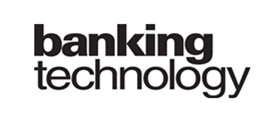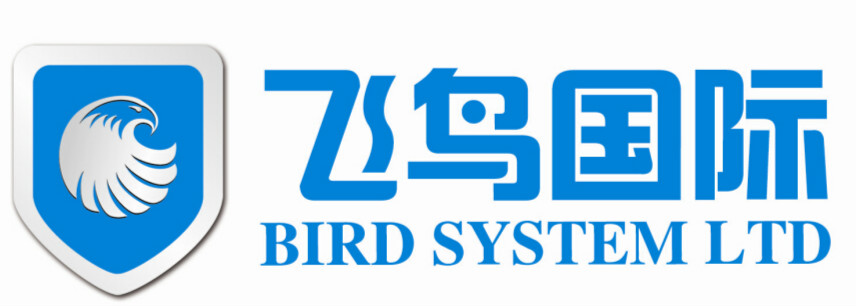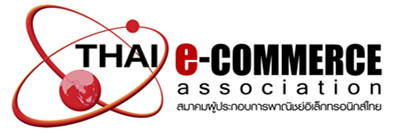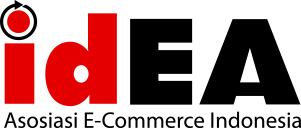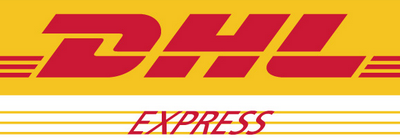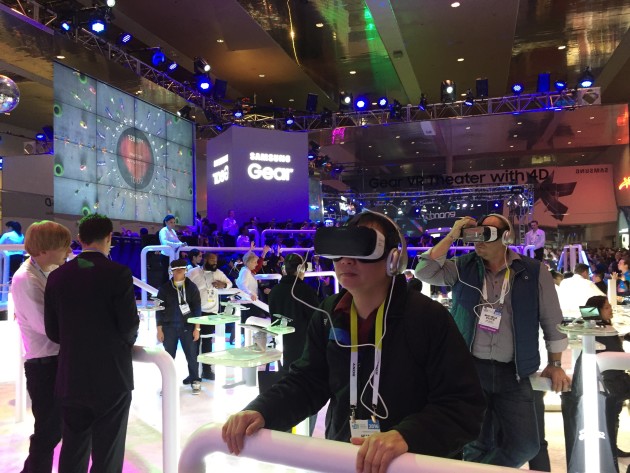
Samsung Gear VR Stadium at CES 2016. Photos by Daniel Rasmus.
LAS VEGAS — On the outskirts of the Las Vegas Convention Center’s Central Hall, an expansive stadium, emblazoned with the Samsung Gear logo, was temporary erected for CES 2016. Long rows of computer-controlled seats were filled with people rocking out to, and rollicking through, virtual reality. Given the motion sickness that can still plague virtual reality, moving people around with goggles strapped to their heads might not be the best idea. Most, however, seemed to be having a good time.
The VR hype ahead of CES 2016 can be summed up into four key areas: 1) an explosion of inexpensive mobile headsets; 2) a lot of poorly executed content; 3) an emerging ecosystem; and 4) some really good experiences still waiting just around the corner.
VR Headsets Everywhere
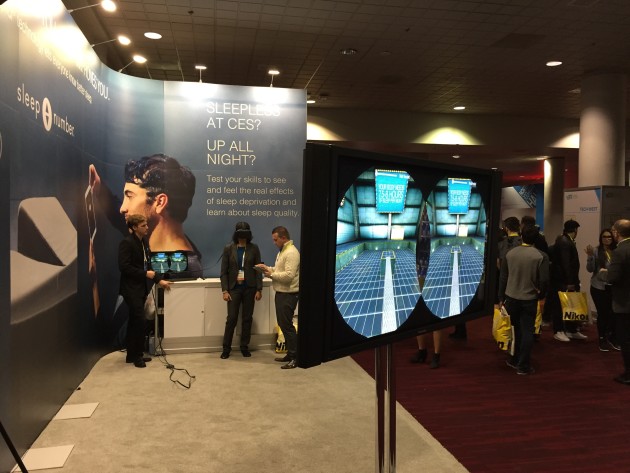
Sleep Number Bed VR Sleep Deprivation Experience.
Virtual reality headsets being strapped to people’s heads was a major theme of CES 2016, even for those who really had nothing to do with VR. Not far from the Samsung arena was a much more sedate display from Sleep Number beds that employed VR to demonstrate the negative effects of sleep deprivation while showing off its new “it,” app-controlled bed.
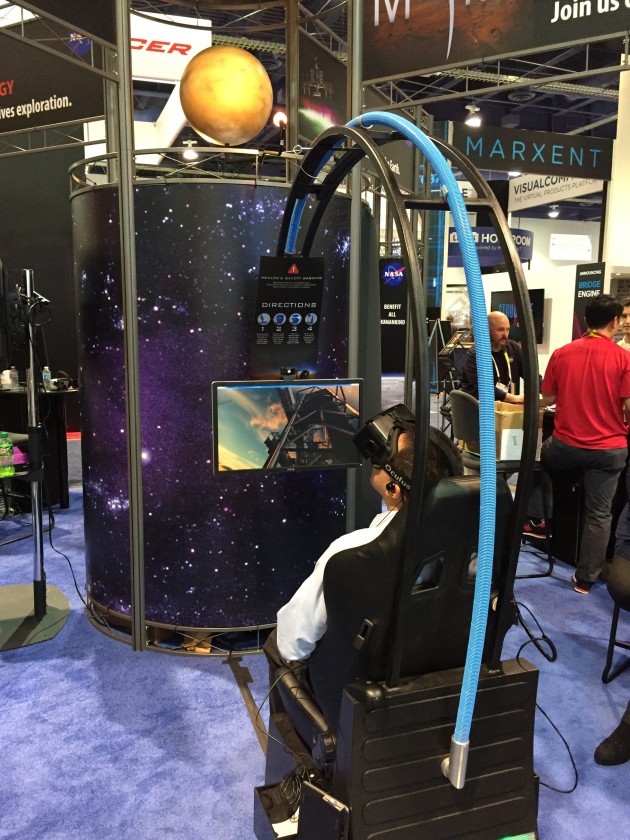
NASA thrilled attendees by strapping them into a haptic chair and lighting them up on a virtual journey atop its 5.5 million poundSpace Launch System, or SLS, via the Oculus Rift.
CES was supposed to be the launch of the year of VR, but besides the end-of-year shipment of theSamsung Gear VR consumer edition (which dominated the VR element of CES by sheer quantity) and the show-timed announcement of pricing and availability of Facebook’s Oculus Rift, most of the VR-related hardware and accessories weren’t shipping yet, and those that were required either an Oculus Rift orHTC Vive Pre to run (which are currently only available in developer versions) or a Google Cardboard headset or equivalent.
If you wanted to wrap your phone in a construct of cardboard or plastic and push it up against your face to peer through a pair of lenses, CES 2016 afforded ample opportunity. As a promotion for their Pixpro SP360 4K Action Cam, Kodak was giving out a nicely packaged VR headset in a box. NASA fans could collect a NASA cardboard compatible headset. VR headsets were one of the cool giveaways at the show.
Cardboard and its ilk need a high-end Android or Apple iPhone to work, which means usually a minimum $700 investment before the headset is more than cardboard, velcro and plastic. And then Cardboard needs software, and that was the biggest issue for the demonstrations. Most of the software outside of the Oculus and Sony booths were low frame-rate, often combined with low resolution, which is very bad for VR, because it not only provides a negative experience, it can make people ill.
Google Cardboard inspired paper-based headsets were joined by more sophisticated versions of the egalitarian VR design with better optics, adjustments for improved fit, along with various knobs and pulls that perfect the alignment of the lens with there wearer’s eyes and visual acuity. The best of these came fromImmersiON-VRelia with Go and from Homido, though several other companies like IC Real Tech’s ALLieVR and Freefly VR also offered well-designed alternatives to Cardboard.
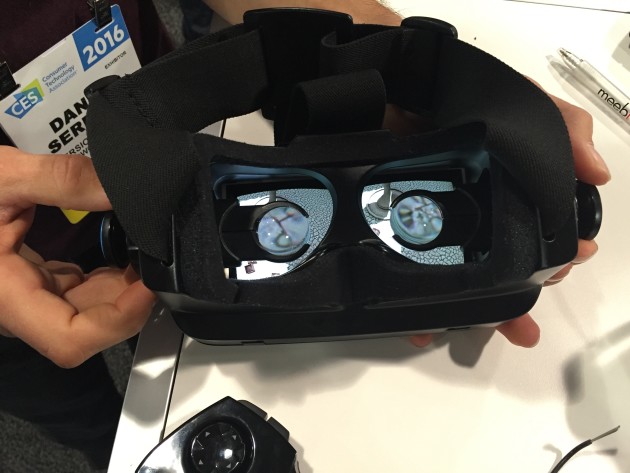
ImmersiON-VRelia Go.
Is that as good as VR gets?
The difference between giveaways, basic headsets and high-end systems like Vive or Oculus system should not be lost. Mobile cannot yet compete with a PC or game console for rendering compelling experiences, but mobile is where ubiquity will occur and headset manufacturers need to set expectations about performance. There are a lot of bad VR experiences available on mobile devices, and just popping a phone into a headset and watching a Cardboard enabled video on YouTube will not be the best advertisement for VR’s capabilities.
The one clear message out of CES 2016 was that VR needs more engineers and editors who know how to create good VR experiences, and fewer cameras generating stitched-together footage of people surfing, climbing mountains and rocking out. Note to the industry: low-hanging fruit gets rotten pretty quickly.
The future of VR as a platform, however, remains based on faith, and investments derived by the belief in personal and business value propositions for the technology that are just around the corner. The VR faithful are probably right, but the massive amounts of bad content can obscure the horizon between the consumer and business user, between missed opportunities and the good experiences. Oculus, HTC, Sony and Samsung need to take a leadership position that ensures that at least their curated experiences offer only the best content, which is not the case today.
VR has created an explosion of 360-degree cameras from established photography houses like Kodak, with their Pixpro SP360 4K, and from innovative start-ups likeVuze and Sphericam. Kodak’s approach uses two cameras, mounted top-to-bottom to create a fully immersive capture. Vuze offers a puck-like device that fits on a stick and seems to draw in images from 360-degrees. Their camera promises VR videos for under $1,000. A more traditional approach is to mount several cameras together, and here $2,999 Sphericam reduces the footprint of these wildly multi-lensed cameras by creating a compact, solid metal “sphere” that includes multiple mounting points. It is both rugged and adaptive, capturing videos from its six lenses at up to 60 frames-per-second.
VR-ready cameras will be the new GoPro, and when they hit the sub-$250 price point, expect a flood of personal video. A market for consumer VR videos and streaming services will likely emerge that won’t meet some arbitrary quality bar. Bad VR content like bad YouTube videos is inevitable. CES 2016 heralded that future as much as it did any more sophisticated applications of VR.
The Rise of the VR Ecosystem
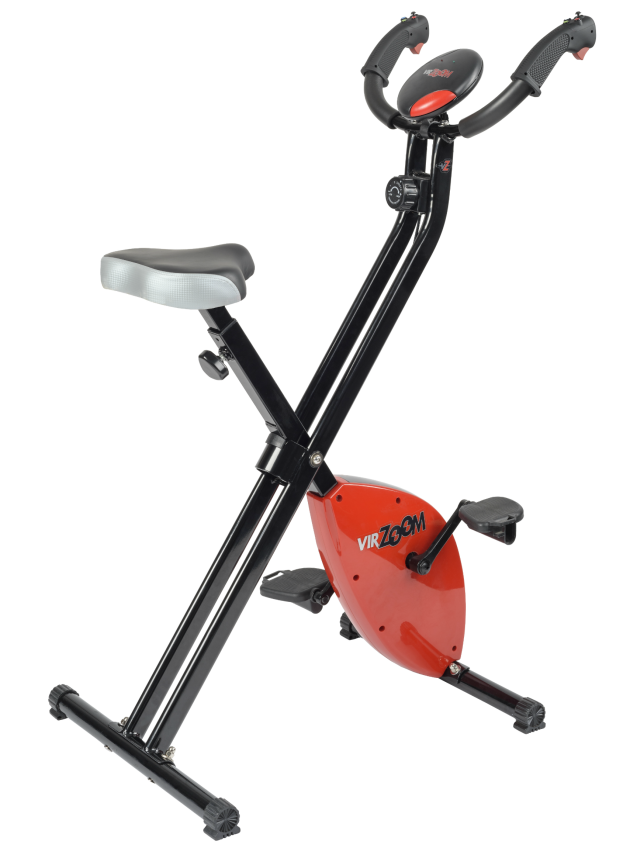
VIRZoom
he money being put into the VR market creates ripples, and those ripples become ecosystems that eventually help nurture nascent platforms. Early adopters are willing to buy other stuff that aligns with their passion, further shoring up the perception of momentum. Even before the major platforms ship, that means many companies are going to bet on the technology, to find the edges and gaps that require innovation — and discover desires and wishes that consumers will want fulfilled. That combination of activity, even if much of it doesn’t hit the right spot, will fuel the market.
CES hinted that some were already betting on VR as the next accessory market.
My favorite experience, and the one that really demonstrated the potential for VR as an immersive distraction, arrived via the CES floor known as Eureka Park, home to startups, from a company called VIRZoom. VIRZoom’s rather inexpensive folding exercise bicycle will be delivered with deconstructed game pad controls integrated into its handlebars. The demo plopped me into the Old West on a quest to apprehend hombres, it sat me in the driver’s seat to drag race against some Labrador Retrievers, and it propelled me off the ledge of a cliff as I took the reigns of a flying unicorn. Yes, that is what I said: a flying unicorn.
I quickly mastered the software, which is important for a device with the real purpose of getting users to work up a sweat. The experience was enjoyable and delivered on its promise, despite my protestations that “I don’t exercise.” VIRZoom will support all major tethered VR headsets. The demo was running on HTC’s Vive.
Also at Eureka Park was 3DRudder, a VR controller run completely by ones feet. 3DRudder supports complete freedom of movement for strolling and turning, and it facilitates movement along the Z axis, which means it can also be used to fly, but in a very different way than VIRZoom. 3DRudder is all about choreographing feet to kind of dance through VR. Tools like this will be important to business users who will need to navigate VR, but also keep their hands free to perform various tasks in VR, like optimizing layout for a new facility, or writing a comment on a conference booth design.
It may seem a stretch that VR scenarios support so much flying, but for business applications, this is akin to setting a camera position from above a target. If you are building a high rise or examining a new plane, VR’s ability to fly is a cheap alternative to the real-world need to rent a helicopter or deploy a scissor lift — and its a whole lot safer and perhaps more useful because you can practice doing things, or test out ideas, in VR without worrying about the expense of rework. For many consumers, flying is probably the one ability where they feel humankind was most deprived in evolution’s lottery. VR offer an entirely new way to experience personal flight in the safety of one’s game room.
Gaining a sense of place is critical to many VR applications. In the real world, our relationship with space is augmented by what we hear. Anybody who has ever walked through the woods knows that the loud snap of twig from behind initiates an immediate turn of the head, not to mention accompanying increases in heart rate and respiration. Unfortunately, most VR cameras don’t do a good job of capturing sound in the same way they capture images. Enter Arkamys and its 360-degree audio that helps oriented people to what is going on around them, even things outside of their field of view. With an Arkamys soundtrack and the right headphones sound becomes a spatial clue that augments the VR experience.
For those looking at a different take on VR, the kind the military uses to project images on surfaces and create VR “caves” for training experiences, enter France’s Scale-1 Portal from SCALee, a scaled-down version of their industrial system designed for home use. Their systems uses a modified Microsoft Kinect to track people in their projected worlds. While it appears that headsets have won the day, projected VR remains a viable competitor. It is too early to dismiss technologies like the Scale-1 Portal as an anachronism in a world filled with headsets.
Now that you own a headset, what do you do with it? That was a question asked by designer Steve King of Prism Designs, maker of the Hand Stylus. Steve was showing off an initial run of precisely machined stands for the likes of the Oculus Rift and the HTC Vive. If you spend a lot of money on hardware, you will not only want to keep it hand, you will probably also want to display it.
Is 2016 the Year of VR?
As the pundits predicted, VR was hard to miss at CES 2016, but it was also not a technology ready for pickup at the local Best Buy or on that could be easily ordered from Amazon, unless you were just looking to experiment with one of the various Google Cardboard clones or Samsung’s Gear VR. For those who donned mobile headsets they may have been a bit wowed, but they were exposed to suboptimal experiences.
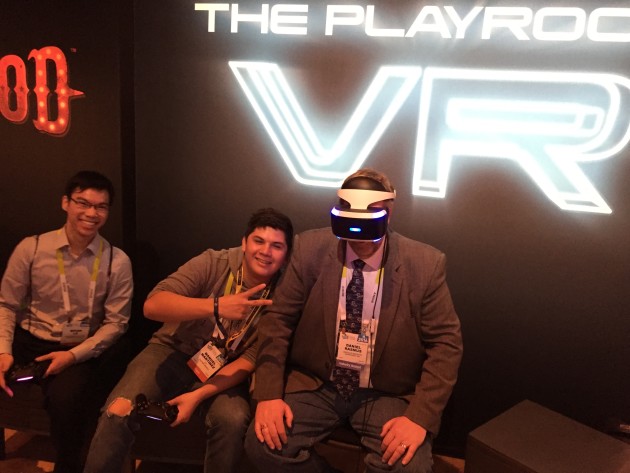
The author personally experienced another VR-driven innovation: VR photobombing. Daniel Rasmus is seen here with an unidentified CES attendee with whom he was playing a game of cat and mouse during a Sony PlaystationVR demo.
Sony, HTC and Oculus remain the best systems for experiencing VR, though the intimacy and portability of mobile is clearly the future of the market. Smaller components and better displays may well arrive now for VR applications ahead of phones. The tethers that currently connect to PCs or game consoles may remain in order to channel ever-increasing GPU needs, along with power, but those components will eventually shrink to something wearable, first on a belt, then perhaps even on a head. When we see the Periscope equivalent of VR streaming live experiences at a distance, not from broadcasters, but from friends, then we will know the technology has fully assimilated into the lifestyle of Millennials and Virtuals.
CES is ultimately an industry show hawking goods that are about to ship, a show of near-ready prototypes still being tweaked, a display of devices poised on the dock of repeatable manufacturing processes, and cool designs waiting for underlying technology to catch up with the imagination of the designers. The VR hyped ahead of CES 2016 remains a promise. Only after HTC, Oculus and Sony actually enter the market will it be possible to begin discerning hype from reality, promise from commitment. Like the web and tablets, VR will be something entirely more that its early proponents can imagine, and perhaps less than they can deliver in the near term.
VR will only resonate and become part of the technological symbiosis of modern life if developers embrace it and make virtual reality at least as compelling as real reality, perhaps more so. It remains to be seen if our ability to translate imagination into executable experiences is beyond our collective capabilities, or if dense and deeply personal worlds created in VR will indeed spur the next development — not just in hardware and software, but in the relationship between humans and technology. VR may well provide us with alternative ways to experience reality, perhaps even force us to question the very nature of the word. That, however, will be a conversation for CES 2017.
 Latest News
Latest News- ▪ 出境主题游与医疗旅游峰会暨展览2020顺利
- ▪ 5th Global Retailing e-Commerce Confer
- ▪ 首届全球金融科技与区块链中国峰会2017落
- ▪ 第二届全球VR/AR中国峰会2017完美落幕
- ▪ Inaugural Global Fintech & Blockchain
- ▪ Exclusive E-Commerce High-Level Delega
- ▪ 2nd Global VR/AR China Summit 2017
- ▪ 第七届中国跨境电商峰会暨展览
- ▪ Sino-Turkish e-commerce site open
- ▪ China's manufacturing sector to see hi
- ▪ Baofeng reveals three acquisitions as

















